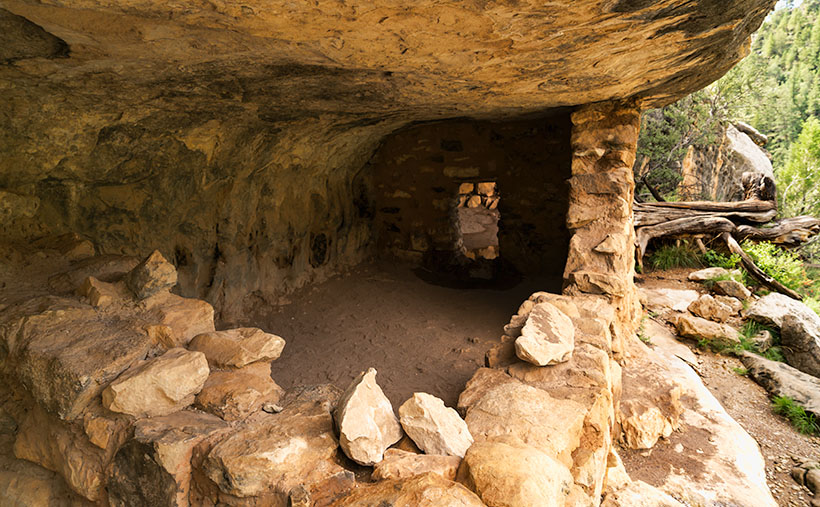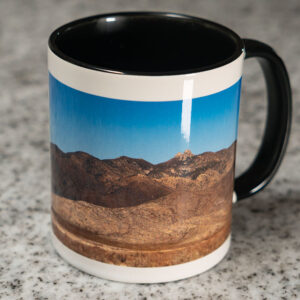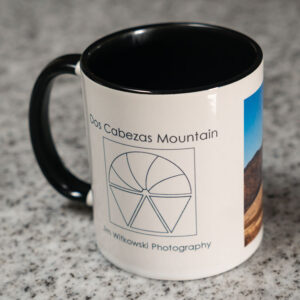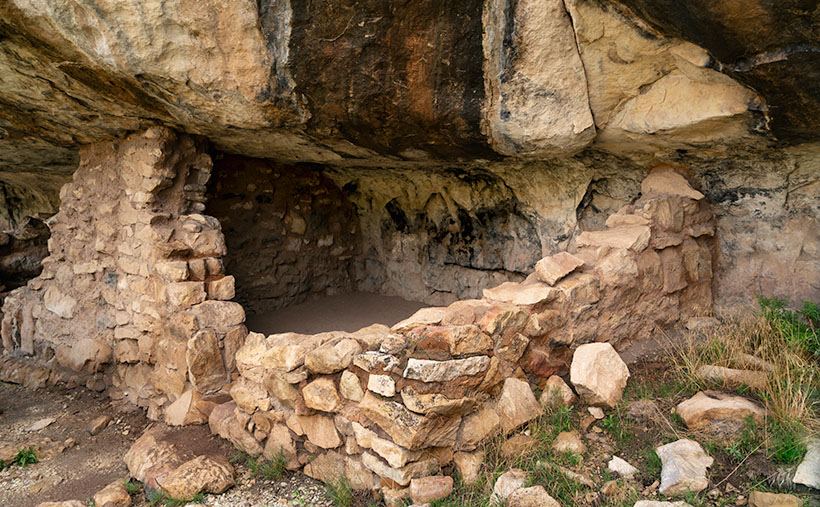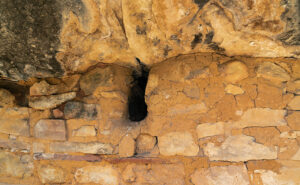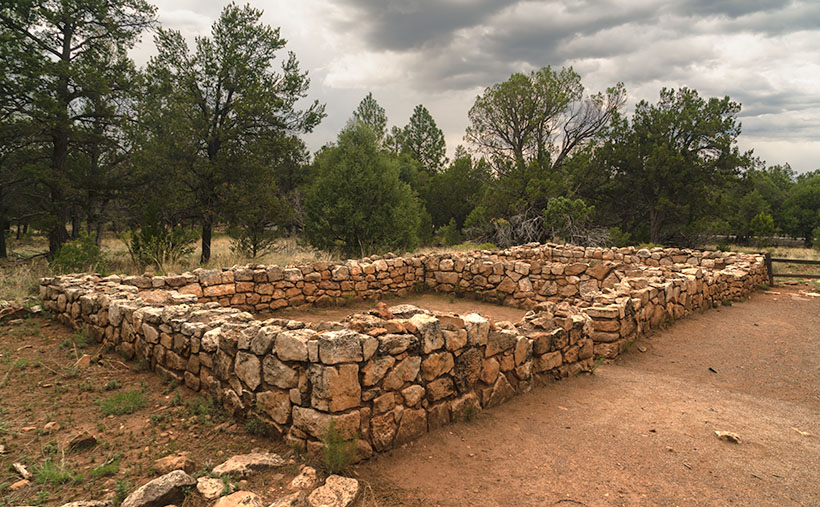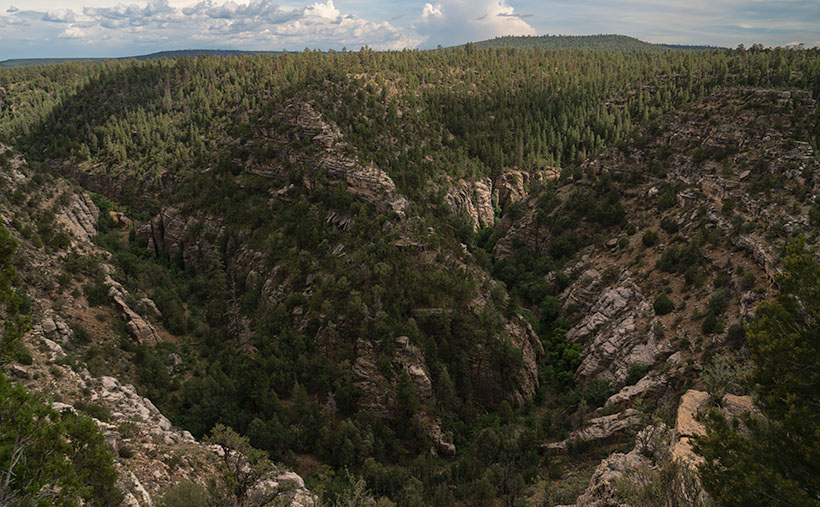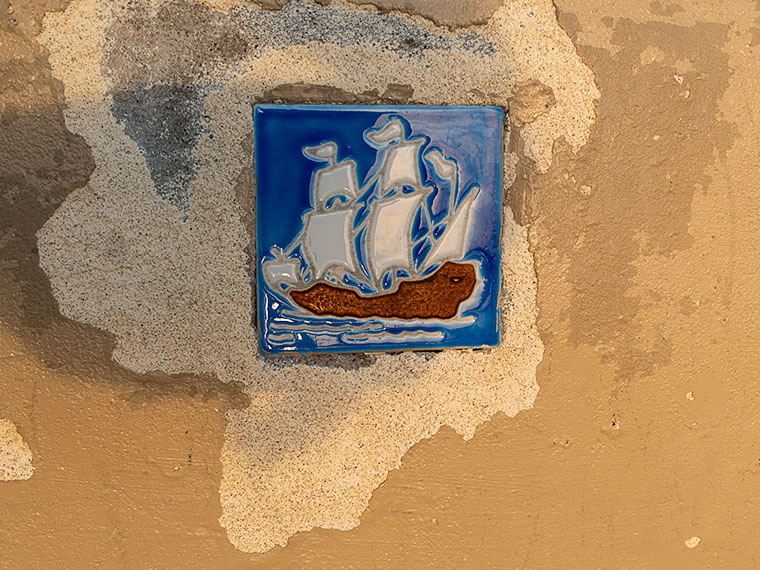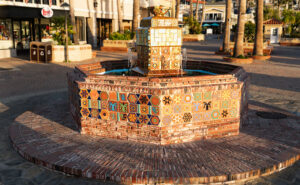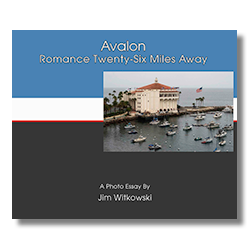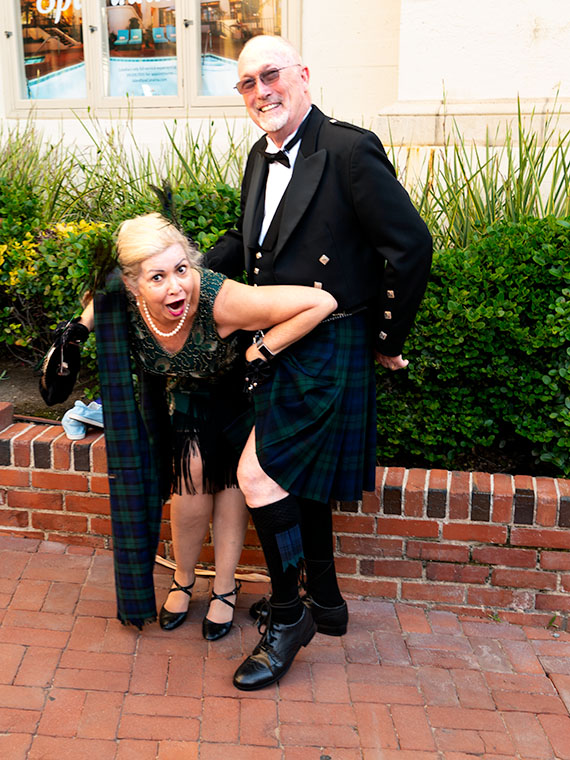I consider weekends my workweek, and my routines are as regular as clockwork. Fridays, I record two albums from my collection so that I can listen to them in my car (we have terrible radio stations in Phoenix). On Saturday, I decide whether the oldest photo on my New Work webpage is worth moving into another gallery or getting rid of; then, I layout and upload the new Picture of the Week. On Sunday, I’m ready to crank out my weekly article. After I publish it, I’m free to spend the rest of the week as I wish.
It happened on Friday. I had finished my first album and was putting it into its jacket when boom (actually, it was silent, but I like making noises), the room went dark. There was a monsoon rain outside, but it wasn’t particularly violent. We sometimes get power outages that last an hour or less, so I was sure I’d finish the second record soon. I went out on the porch to enjoy the rain. The damp air was cool on my face as I sat down and drank my soda.
When the second hour passed, I opened the house to the cooler outside air. But the air was so still that none of it slipped past the screens. Finally, Queen Anne came home from her girl’s night out (she does that to avoid my music). She tried twice in the dark to find a parking spot, but she gave up when she backed into the garage door (why doesn’t my remote work). We talked about how the night had gone for another hour before going to bed in the dark. At least the temperature was pleasant, even if it was humid.
After an uncomfortable and restless night, we woke to her phone’s messaging buzz. The community gossip line was in full swing. “Did anyone else lose power?” “When will it be back on?” Finally, there was some positive information, “APS estimates it will be noon before the power’s back.”
I looked at Anne and said, “Come on, let’s go to Denney’s for breakfast.” There was nothing we could do without electricity, so we had time to kill. It turns out to be more than true. Next, the gossip line spits more bad news, “The wind took down 15 poles along US 93.” The bad part of the storm that we didn’t get had a micro-burst and snapped 14 wooden poles like a match. The newly installed metal one couldn’t carry the weight and folded like a straw. How was Arizona Public Service going to clean that up by noon?
There were lines outside the Wickenburg restaurants, so we decided to go to the Denny’s in town. Since we had time, we could stop a Lowes and Harbor Freight after breakfast. We spent a couple of hours buying air filters and looking at tools, generators, and battery-operated fans before the drive home. As we drove, the gossip machine spits out more realistic news, “APS says it may take three or four days to restore power.”
I sweat like a pig even when I think about being hot, so Anne and I swapped ideas of what to do. It’s Labor Day weekend, and people are crowding the roads. We checked Prescott Hotel prices, and even the Motel 6 was north of a hundred bucks. Who can we stay with? As we rounded the big bend in Wickenburg, I remembered that Aztec RV Park was on the south side, so I swerved across the yellow lines and two lanes of traffic into their driveway. When we stopped at the office, I was surprised that they had a space open that we could have for four days. I whipped out my credit card so hard that you thought I was striking a match. What great Samaritans these people are.
We then got home with four bags of ice and repacked the fridge and freezer to save as much food as possible. Then we filled our camping cooler with food and ice and loaded the little refrigerator in the Casita with as much food, drinks, and medicine as it would hold before we set off to our refugee camp and wait out the siege. Even though the outside temperature was only 105°, the first thing we did was to plug in power and turn the AC to South Pole.
After we splurged for a night-on-the-town Burger King meal, we returned to The Ritz for an evening in the trailer—under the bridge—down by the river. Camping is fun for us, but usually, we’re on a photo shoot away from home. It’s an adventure. We sit outside and relish the experience. On the other hand, sleeping in a cramped trailer just to get through the night 10 miles from my comfortable bed was not fun. The gossip machine groaned in the background, “APS has four crews on this outage and may have it fixed in a couple of days.” I fell asleep despite the air conditioner’s constant drone.
I woke this morning at dawn and began rousting Anne from her slumber. We needed to get home and check the ice in the fridge. As she got up, she was interrupted by the gossip machine, “The power’s back on. APS managed to route one line past the damaged area. The power came back on at 10 (pm).” I told Anne, “Oh jeez, we can go home and see if it’s true. Check-out isn’t until 11:00, and the office doesn’t open until 10. Let’s see if it’s true and come back for the trailer.” That’s what we did, and when we walked into the house, the temperature was perfect, my staging lights were still on, and the turntable was still spinning in the corner.
After unpacking the boxes, and the cooler and moving food around, we headed back to Wickenburg to fetch The Ritz. Since we didn’t set up the whole camp, it only took minutes to pack and hook up. On our way out, I stopped at the office to see if they’d be open to a refund. As you’d expect, the answer was no, “You made a reservation, and we require thirty days’ notice for a refund.” What great Samaritans these people are.
Till next time
jw

